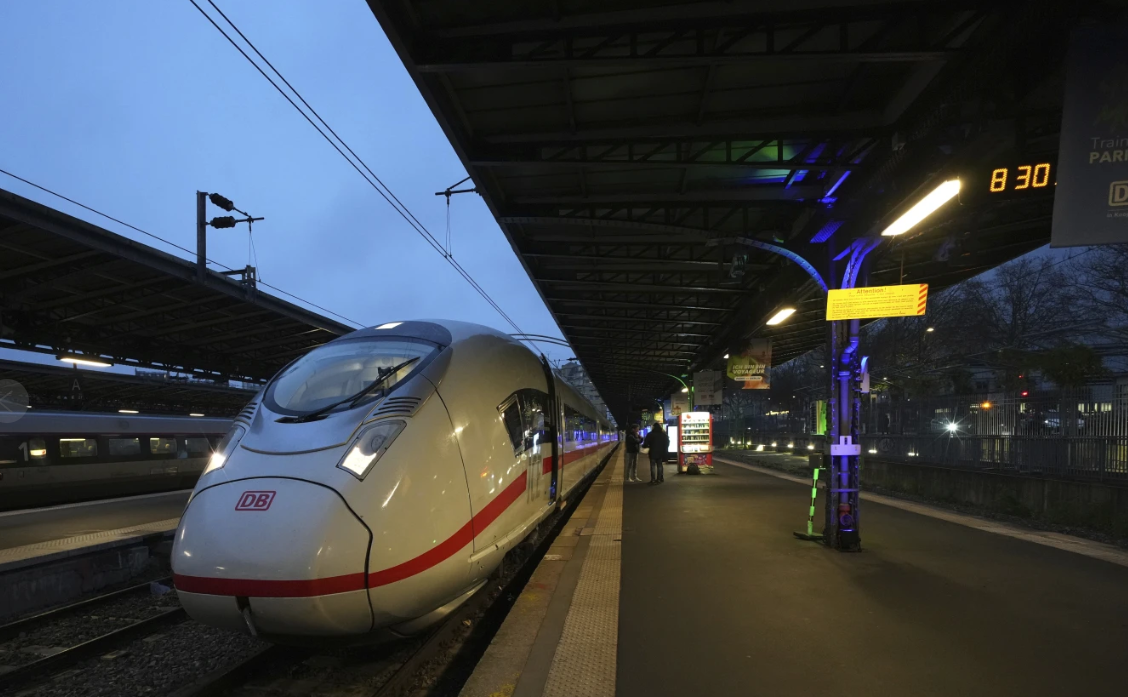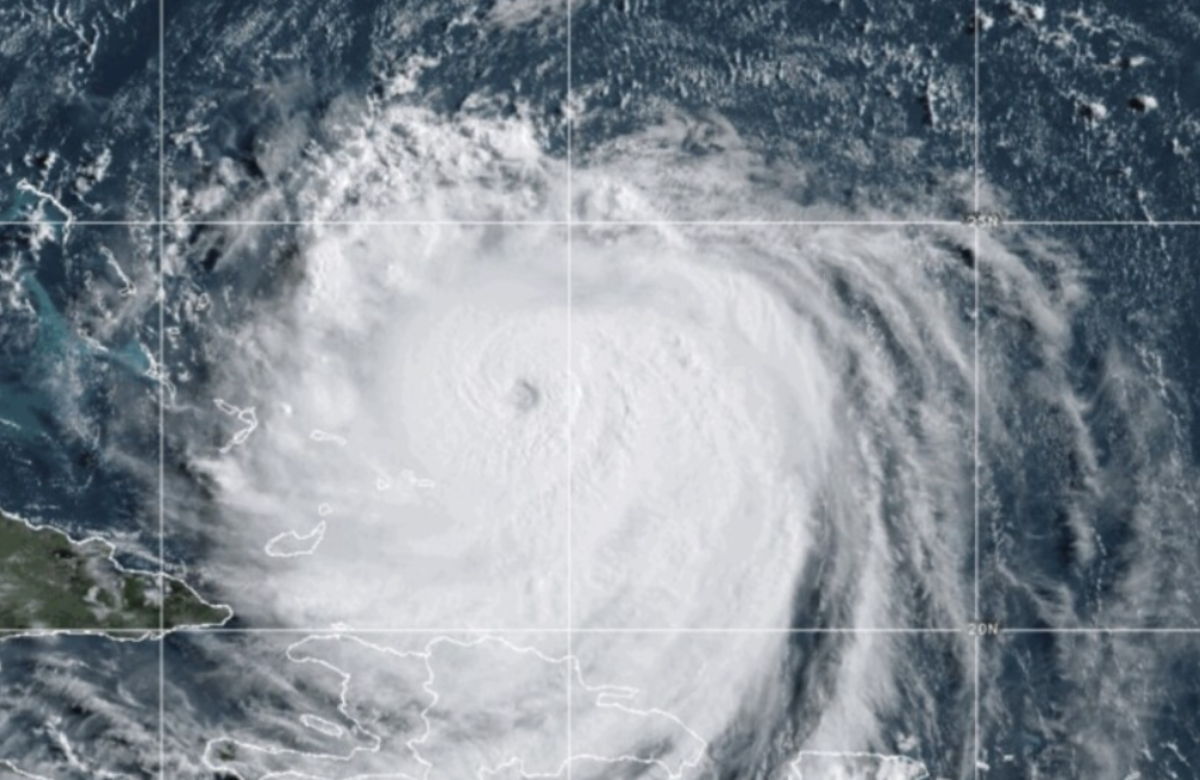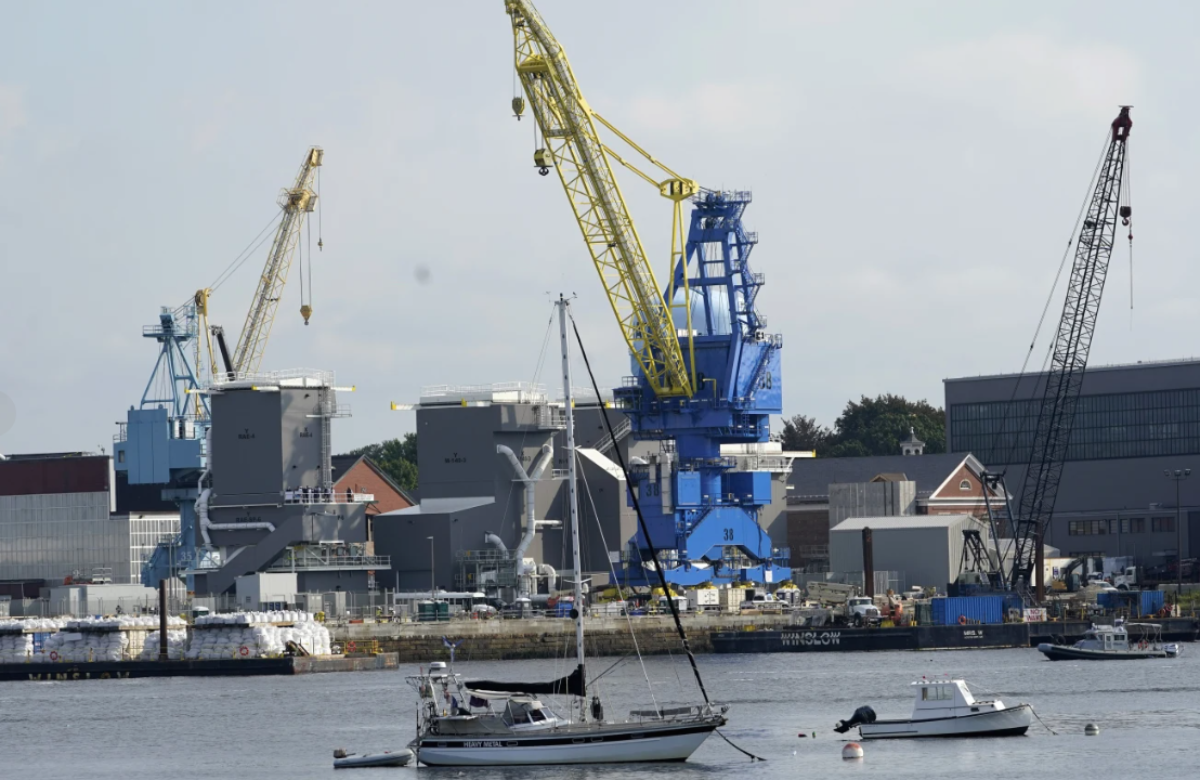Germany and France introduced a direct high-speed train between Berlin and Paris on Monday, celebrating it as a symbol of strong bilateral ties and Europe’s potential to boost rail travel. The new service, which takes about eight hours, is operated by Deutsche Bahn’s ICE trains and runs once a day. While it provides added convenience, it doesn’t offer significant time savings compared to existing, indirect routes. Here’s a closer look at the new connection.
The launch of the new direct high-speed train service comes as Deutsche Bahn aims to improve its image, having struggled with reliability in recent years. Last month, only 60% of its long-distance trains arrived on time, defined as being less than six minutes late. The state-owned company is working to boost punctuality to over 75% by 2027 as part of a broader effort to address these issues.
A major component of this plan is the modernization of several railway lines. The first milestone was reached with the reopening of a crucial 70-kilometer (45-mile) section between Frankfurt and Mannheim, which had been closed for five months for upgrades to tracks, stations, and infrastructure. The government attributes many of the railway’s challenges to years of underinvestment by previous administrations.
The new high-speed train between Berlin and Paris makes stops in Frankfurt, Karlsruhe, and Strasbourg, a city that hosts one of the European Parliament’s homes. The westbound train arrives in Paris just before 8 p.m., while the eastbound train reaches Berlin shortly after 6 p.m.
In addition, there is a slower overnight direct train that runs three times a week between the two capitals. This service was introduced last year by Austrian operator ÖBB, which has helped revive night trains in Europe, a service many railways had reduced or discontinued. Deutsche Bahn, for instance, stopped its sleeper service on this route 10 years ago.
The new Berlin-Paris ICE train is part of the annual mid-December update to European train schedules. This update also includes a new direct high-speed connection between Munich and Amsterdam, which takes about seven hours.
Germany and France, the two most populous and largest economies in the European Union, have launched a new railway connection. Berlin Mayor Kai Wegner called it a “good symbol of the German-French friendship,” highlighting the significance of the collaboration with France’s SNCF.
German Transport Minister Volker Wissing emphasized that the new service is more than just an additional option. He noted that there is considerable potential to encourage more people to travel by train within Europe, offering attractive options for longer journeys and strengthening the bond between the two countries.













